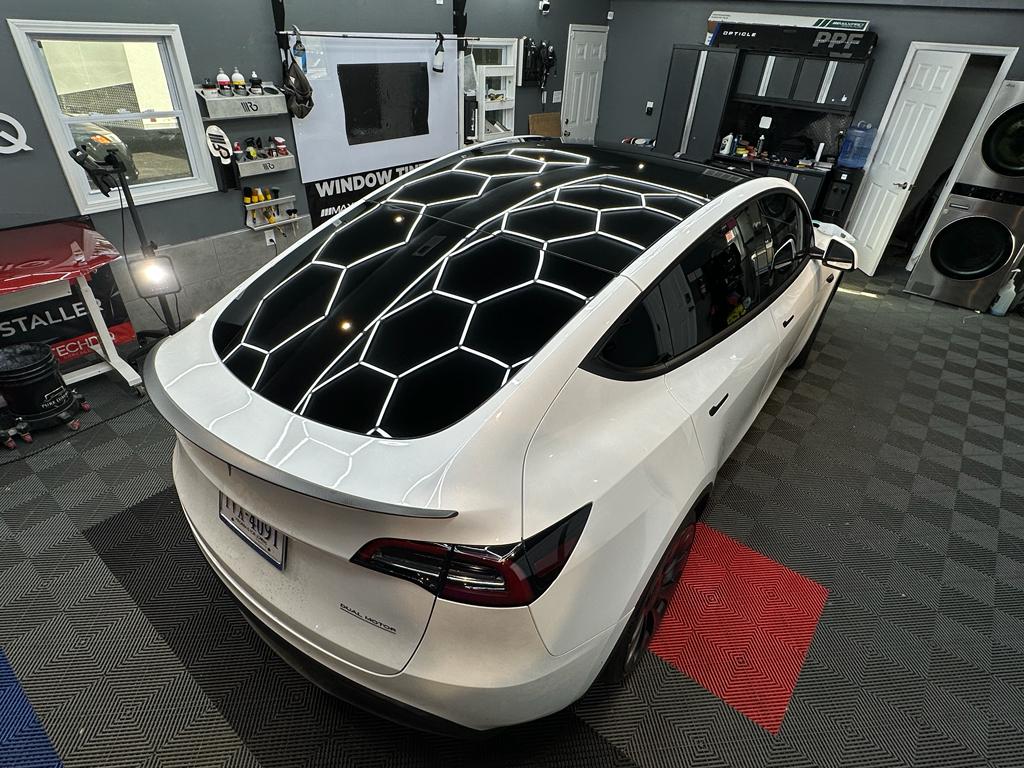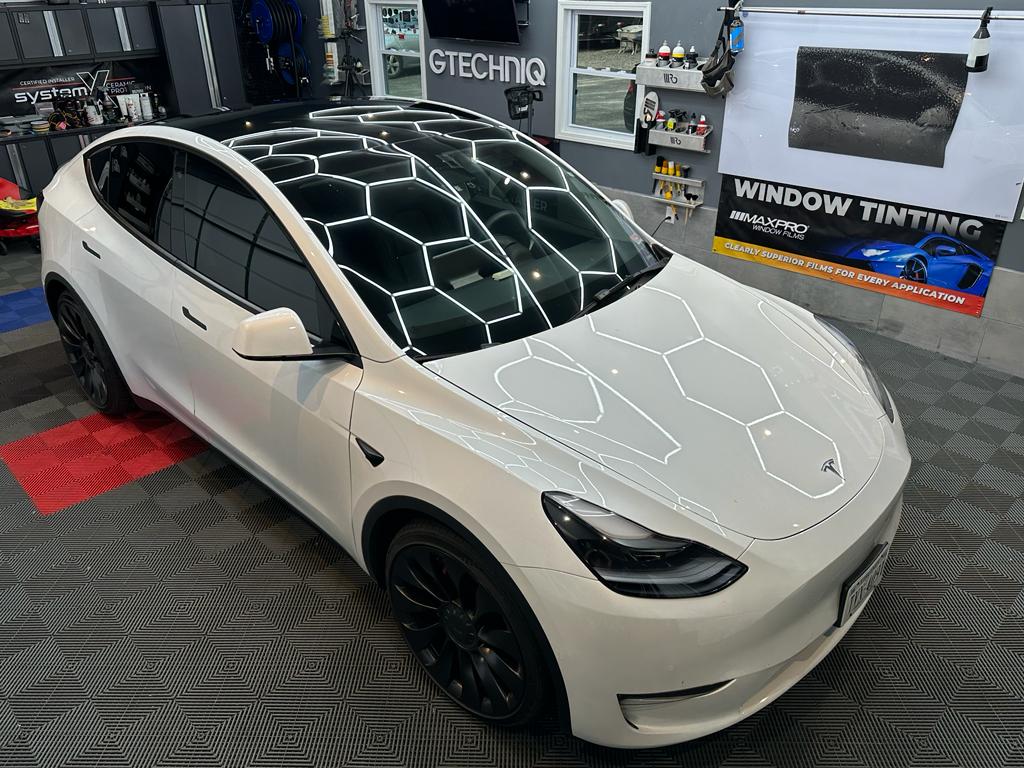The world of automotive technology is rapidly advancing, and one of the most notable trends is the increasing popularity of electric cars. As the automotive industry shifts towards more sustainable and eco-friendly alternatives, electric vehicles (EVs) have gained immense traction. However, maximizing the efficiency of EVs remains a priority for both manufacturers and owners. One innovative solution is the use of ceramic window tint, a technology that not only enhances privacy and aesthetics but also contributes to battery conservation in electronic cars. In this comprehensive guide, we’ll delve into the various benefits of utilizing ceramic window tint to optimize battery performance and enhance the overall driving experience in electric cars.
The Intersection of Energy Efficiency and Cutting-Edge Technology
Electric cars have revolutionized the automotive landscape by offering a cleaner and more sustainable mode of transportation. With advancements in battery technology, EVs are now capable of impressive ranges and performance. However, every aspect of an electric car’s design and function is intricately connected to its energy consumption. This is where ceramic window tint comes into play. By harnessing the power of innovative materials, ceramic window tint can contribute to the energy efficiency of electric cars while providing additional advantages.
The Benefits of Making a Ceramic Window Tint to Save Battery in Electronic Cars
Ceramic window tint offers a range of benefits that can enhance battery life and overall energy efficiency in electric cars. Here are some key advantages:
1. Solar Heat Rejection
Ceramic window tint features advanced solar heat rejection properties that help regulate the interior temperature of the vehicle. By reducing the amount of heat entering the car’s cabin, the air conditioning system is under less strain, leading to decreased energy consumption and improved battery efficiency.
2. UV Ray Protection
The sun’s ultraviolet (UV) rays not only pose health risks but can also contribute to interior fading and deterioration. Ceramic window tint blocks a significant portion of UV rays, safeguarding the vehicle’s interior. This protection minimizes the need for air conditioning to maintain a comfortable temperature, resulting in energy savings.
3. Enhanced Insulation
Ceramic window tint acts as an insulating layer that helps keep the interior cooler in hot weather and warmer in cold weather. This insulation reduces the reliance on climate control systems, ultimately preserving battery power for extended driving ranges.
4. Reduced Glare
Glare from sunlight can be a distraction for drivers and necessitate the use of sun visors or sunglasses. With ceramic window tint, glare is substantially reduced, enhancing visibility and safety. The decreased need for sun visors further contributes to energy conservation.
5. Extended Battery Life
By alleviating the strain on the vehicle’s cooling and climate control systems, ceramic window tint helps maintain optimal operating conditions for the battery. Consistent temperatures and reduced energy demand contribute to prolonging the battery’s lifespan.
6. Improved Privacy and Comfort
Ceramic window tint provides occupants with enhanced privacy by limiting the visibility into the car’s interior. Additionally, the cooler and more comfortable interior promotes a positive driving experience, reducing the need for excessive climate control usage.
7. Customizable Appearance
Beyond energy efficiency, ceramic window tint offers the opportunity to personalize the appearance of the vehicle. Different tint shades and styles can be selected to match the driver’s preferences while still benefiting from the technology’s energy-saving properties.
8. Sustainable Choice
Choosing ceramic window tint aligns with a sustainable lifestyle by reducing energy consumption and the overall carbon footprint of the vehicle. This eco-conscious choice contributes to the broader goal of creating a greener transportation landscape.
Frequently Asked Questions (FAQs)
Is ceramic window tint legal for use on vehicles?
Yes, ceramic window tint is legal for use on vehicles, but specific regulations vary by jurisdiction. It’s important to check local laws and regulations before installing window tint.
Does ceramic window tint affect visibility?
No, ceramic window tint is designed to provide heat and UV protection without significantly affecting visibility. High-quality ceramic tints offer clear views both during the day and at night.
How long does ceramic window tint last?
Ceramic window tint is known for its durability and longevity. With proper installation and maintenance, it can last for many years, making it a cost-effective investment.
Can ceramic window tint be removed?
Yes, ceramic window tint can be removed if desired. However, professional removal is recommended to ensure that the tint is removed safely and without damaging the glass.
Is professional installation necessary for ceramic window tint?
While DIY kits are available, professional installation is recommended for the best results. Professionals have the expertise and tools to ensure proper fit and adherence to the glass.
Can ceramic window tint be applied to the windshield?
Ceramic window tint can be applied to the windshield, but regulations on windshield tinting vary by location. It’s important to check local laws before tinting the windshield.
Conclusion: Driving Toward a Sustainable Future
As electric cars become more prevalent on our roads, the quest for energy efficiency remains a paramount concern. Ceramic window tint offers a compelling solution by optimizing battery performance and reducing energy consumption through its advanced heat rejection and UV protection properties. By incorporating ceramic window tint into the design of electric cars, manufacturers and drivers alike contribute to the advancement of sustainable transportation while enjoying enhanced comfort and aesthetics.
So, whether you’re an environmentally conscious driver or a technology enthusiast, consider the benefits of ceramic window tint and how it can be a crucial step toward a more energy-efficient and eco-friendly driving experience.



